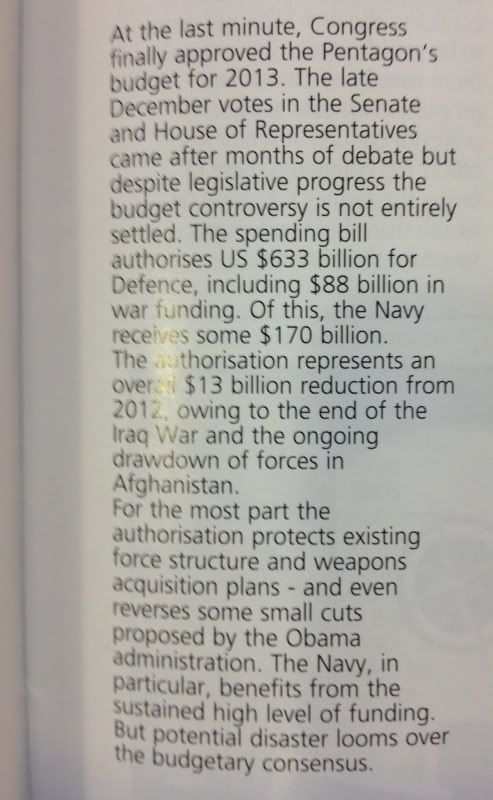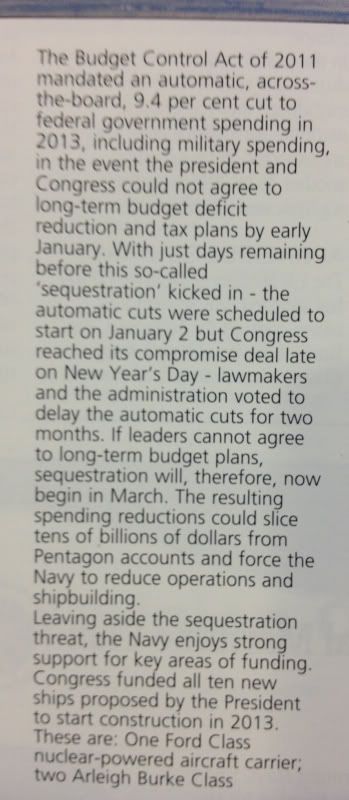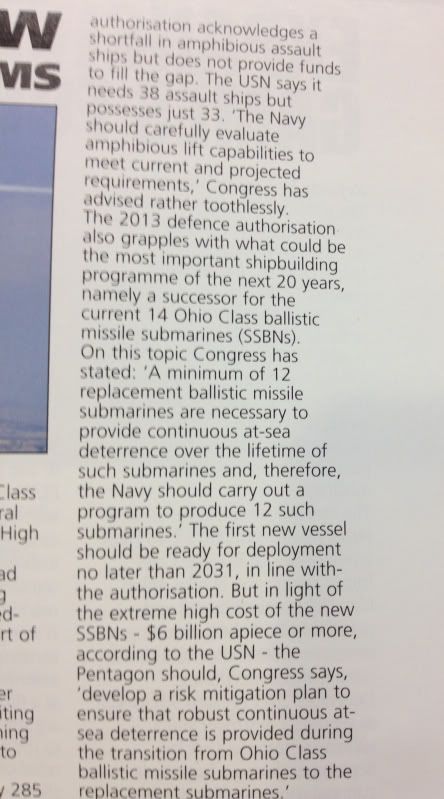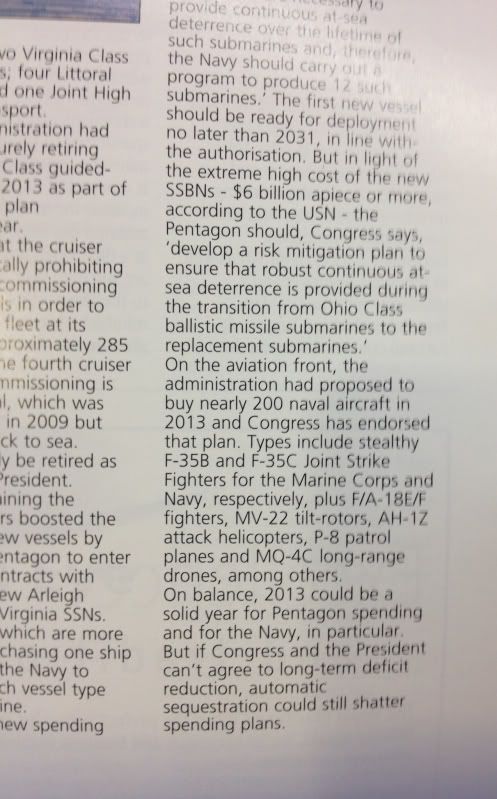By Dianna Cahn
Mike Hixenbaugh
The Virginian-Pilot
© February 8, 2013
Jenelle Hatzung studied political science in college and has been following the budget debate in Washington. But the Navy wife of 10 years never imagined a divided Congress would affect when she starts a family.
Hatzung and her sailor husband are among thousands waking up this morning with drastically altered plans because the aircraft carrier Harry S. Truman won't deploy to the Persian Gulf as planned.
With less than 48 hours to spare, defense officials decided Wednesday to axe the cruise - the first in an expected wave of defense cuts tied to a federal budget squeeze.
Instead of shipping out, many of the 5,000 Norfolk-based sailors are taking their belongings out of storage, finding places to live and restarting lives they'd put on hold ahead of what was supposed to be a six- to eight-month deployment.
For Hatzung, the sudden about-face means that she and her husband, an aircraft maintenance officer aboard the Truman, will have to rework their plans for adopting their first child.
The couple had planned to set aside combat pay over the next several months and start the adoption process once he returned. Now they're not sure when he might deploy, or when they'll have the time or the money to grow their family.
"I understand that part of being in the military is living with uncertainty, but this isn't the result of an international crisis; this is mismanagement," Hatzung said. "It makes me feel like I don't really have any control of anything in my life."
Secretary of Defense Leon Panetta announced Wednesday that the military will no longer strive to keep two carriers in the Middle East, which had been the policy since 2010. Pentagon officials said that by not deploying the Truman, the Navy can keep a fully deployable ship at the ready for any emergency that might arise.
The Truman crew, which had spent months preparing for eight months at sea, will get under way in the next few days so the air wing can disembark. Most of the jets will return to Oceana Naval Air Station; one squadron will fly across the country to Whidbey Island Naval Air Station in Washington state.
The policy change will send ripples across the fleet, which had adjusted to the dual-carrier requirement by lengthening carrier cruises to eight months from six. As a result, tens of thousands more Navy families on both coasts will see their deployment schedules change, too.
Sailors aboard the carrier George H.W. Bush were notified Thursday that they would no longer deploy this summer. The Norfolk-based ship and its strike group, which would have replaced the Truman, are now tentatively slated to deploy in 2014.
The carrier Dwight D. Eisenhower will deploy later this month, as planned, for a four-month cruise and will be replaced this summer by the West Coast-based Nimitz. The Truman is slated to relieve the Nimitz later this year or in early 2014.
The Navy estimates that keeping one carrier home will save about $300 million a year. The bulk of the savings comes from burning less fuel in fighter jets and on accompanying ships, and not having to pay sailors additional money for combat deployment.
Truman sailors now must recalculate household budgets for pay they won't be getting. In addition to basic pay and housing allowances, sailors on deployments longer than 30 days get $250 a month in family separation pay. They also qualify for imminent danger pay - $225 a month - when deployed to certain bodies of water.
Another financial hit for Truman families: taxes. Enlisted sailors don't pay federal taxes on money they earn in so-called "combat zones" - an arrangement that can boost their bank accounts significantly while they're gone. While they're home, their paychecks are taxed.
Defense officials say the ship will not deploy for another year, but because it's considered "on call," families are uncertain about what to expect.
Some fear the ship could be called back into action if Congress acts soon to restore funding - but defense officials say that scenario is unlikely.
"You can't make decisions," said Katy Gwaltney, whose fiance, a nuclear mechanic on the Truman, had given up his house and is now looking for a place to live.
"The money spent moving things out of the house, canceling the cellphone, canceling the car insurance: You don't get any of that reimbursed," she said.
The delay means more than just another year away from her fiance: It means another year without getting married. Shifting ship schedules have meant repeated delays for them.
"We have been trying to plan a wedding for about eight months, and it's been impossible," said Gwaltney, who lives in North Carolina.
Like Gwaltney, Brianna Echeverria doesn't know what to expect.
The 22-year-old and her husband, a petty officer third class, moved out of their Norfolk apartment in December in anticipation of his deployment. He moved aboard the ship, and she returned to Buffalo, N.Y., giving up her job at Mustard Seed Child Care Center in Norfolk.
She moved in with her parents and got a job, figuring she'd spend the time her husband was deployed living close to family and saving money they would have spent on rent.
Now she isn't sure what to do.
"People have been asking me if I'm going to come back down here," said Echeverria, who flew to Norfolk to see her husband off. "I can't just leave everything, not knowing what's going to happen in the future."
The commanding officer of the Truman, Capt. Robert Roth, in a blog post Thursday acknowledged the uncertainty families are facing.
"I understand the impact this sudden change has on all of us, both logistically and emotionally," he wrote. "It is important to recognize the heightened stress levels we may all feel and seek healthy ways to cope with this change."
The last-minute decision to halt the deployment comes as political and defense leaders grapple with across-the-board budget cuts that will chop billions of dollars from the defense budget this year.
Speaking to the Senate Armed Services Committee on Thursday, Panetta warned that the pending cuts - a consequence of Congress's failure to pass a new budget and looming reductions demanded by sequestration - would turn the United States into a second-rate power.
"This will badly damage our national defense and compromise our ability to respond to crises in a dangerous world," Panetta said.
U.S. Sen. Tim Kaine, a member of the Senate panel, told Panetta he found it troubling that a funding shortfall had prevented a carrier from deploying.
"You shouldn't have had to make that decision," the Democrat said. "The safety of the men and women we have deployed in Afghanistan and the Middle East and Pakistan is at stake."
Back home, Hampton Roads residents started coming to grips with the realization that fewer carriers at sea also will mean more sailors around town.
Joe DiGeronimo, a Virginia Beach resident, said in an email that he snapped a photo Sunday of the Truman - fully loaded with its air wing on board - as it sailed past the Chesapeake Bay Bridge-Tunnel.
"It just made me think this ship is all dressed up for the dance but got stood up," DiGeronimo said.





